Sputnik (traveling companion or satellite, in Russian) was the name used to designate the aircraft of the Soviet space program.
The launch of Sputnik 1, on October 4, 1957, caused panic in the Americans, who found themselves outnumbered by the Soviets in the space race.
Furthermore, it proved that the Soviet Union was capable of launching intercontinental missiles.
The Space Race and Sputnik
The world was experiencing the Cold War, a period in which the United States and the Soviet Union disputed economic and political supremacy across the planet.
This meant that both countries sought to excel in all fields. From armaments, economic influence and, of course, technology.
In this way, they sought to invest in the conquest of space, something that had already been tried by the Nazis during World War II.
The Soviets took the lead by launching the first artificial satellites, which they named "Sputnik". See below the characteristics of each one of them.
Sputnik 1
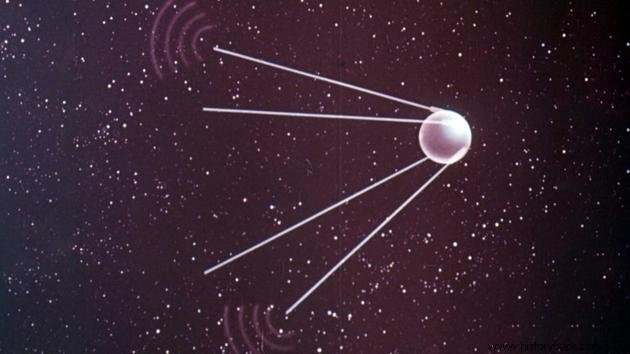
The Sputnik 1 satellite was about the size of a basketball and weighed 83.6 kilograms. In the 21 days it worked, it sent a sonic signal to Earth via two radio transmitters.
It was launched on October 4, 1957 and fifty-seven days later it was destroyed while entering the Earth's atmosphere.
The project surprised not only the scientific community, but started the space race between the Soviets and the Americans. The satellite was put into orbit with the help of the R7 missile, which was capable of traveling great distances and, supposedly, reaching the United States.
The launch of Sputnik forced the United States to create NASA (North American Space Agency) and invest heavily in aerospace exploration.
See also:Space RaceSputnik 2
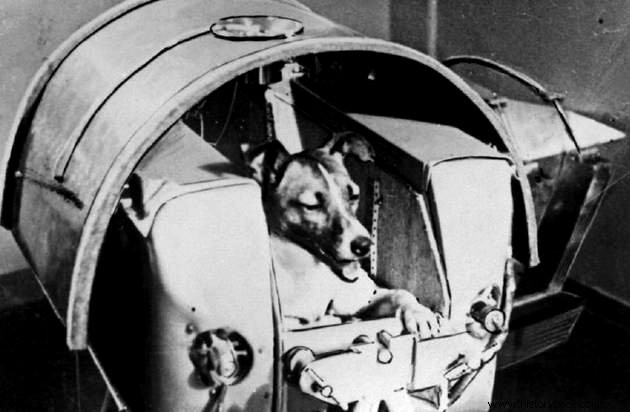
On November 3, 1957, a month after the Sputnik 1 mission, the Soviets sent the first living creature into space:the dog Laika.
The three-year-old animal was chosen from three other stray dogs and subjected to tests to withstand space travel.
Sputnik 2 was cone-shaped, 4 meters tall and weighed 113 kilograms. For her part, Laika wore the first suit designed for space and a special food was developed for her, which consisted of a gelatinous solution.
There were also sensors to monitor heart rate, blood pressure and a television camera.
On Terra, Laika's future was debated and the conclusion was that the animal would have to die in space. However, authorities assured her that she would still live for a week and die a painless death.
Laika's true destiny, however, was only revealed in 2002, by scientist Dimitri Malashenkov, at a space congress held in the city of Houston, Texas. The Russian scientist revealed that the animal died five to seven hours after launch due to the aircraft overheating.
Sputnik 2 orbited the Earth 2570 times and spent 162 days in orbit. It burned up when touching the Earth's atmosphere on April 14, 1958.
The dog Laika is considered a heroine for Russians and in 2008, a statue was erected in Moscow in her honor.
See also:Artificial SatellitesSputnik 3
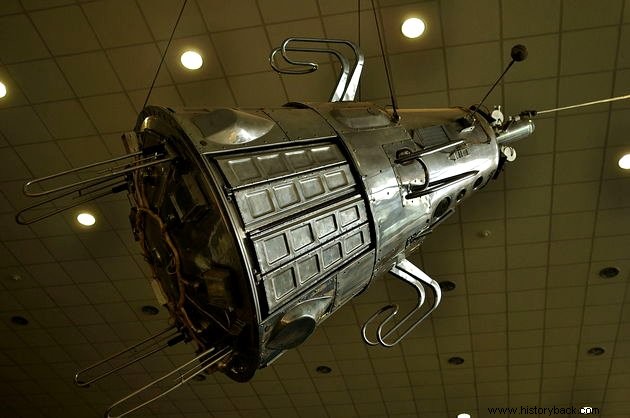
The Sputnik 3 satellite was launched on May 15, 1959 and its mission lasted two years. This machine was heavier and larger than the previous ones:it weighed just over a ton and was 3.57 meters tall.
Inside it carried a laboratory. Using various instruments, scientists were able to study the Earth's magnetic field, cosmic pressure, micro meteors and the composition of the atmosphere.
This time was enough to carry out the studies that would culminate in the sending, by the Soviets, of the first man into space in 1961.
Sputnik 4
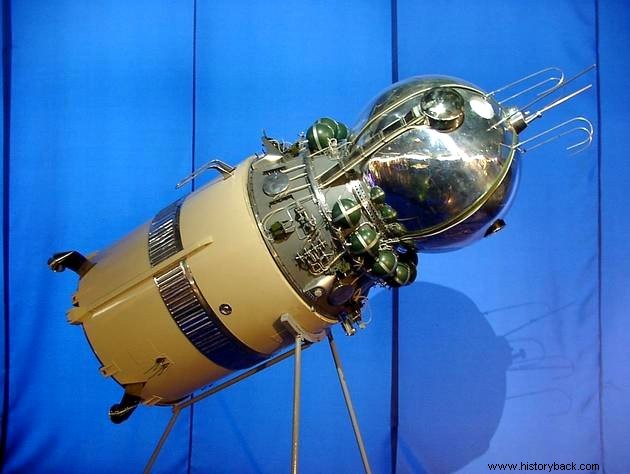
The launch of Sputnik 4 took place on May 15, 1960. This time, the satellite was already demonstrating the evolution of the space race and a cabin was designed to transport a human being.
A dummy was sent into space, but the aircraft failed to re-enter the Earth's atmosphere.
Sputnik 5
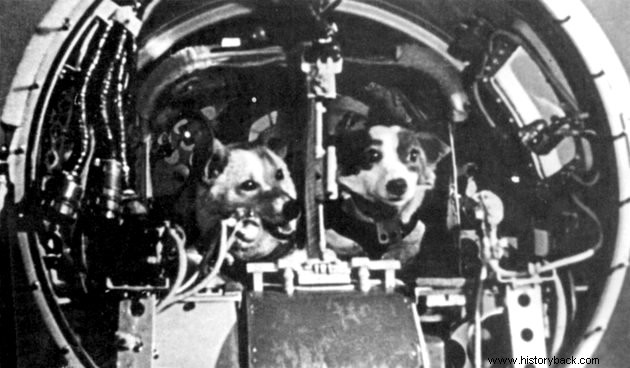
The last Sputnik satellite, 5, was launched into space on August 19, 1960. It was one of the most decisive tests for the survival of a living being in space.
Sputnik 5 carried two dogs, Belka and Strelka, as well as 40 mice, rats and plants. All the animals returned alive to Earth and became the first beings to return alive from space.
These experiments were instrumental in sending Yuri Gagarin into Earth orbit, the first human being to do so, on April 12, 1961.
See also:Man's Journey to the MoonThe Cold War and Sputnik
The launch of the first artificial satellites, Sputnik 1, 2 and 3, left the Americans extremely worried about the possibility of being spied on by the Soviets from space. Therefore, President Eisenhower decided to reformulate the American space program creating NASA, in 1958.
However, the last straw was that the Soviets managed to put the first man in space into orbit in 1961. This motivated President John Kennedy to deliver a speech to Congress asking for more funding for aerospace research and the promise that the Americans would land on the Moon before the end of the 60's.
The Soviets would still send the first woman into space and send probes to Venus and Mars. The Americans focused on sending men to the Moon, something that would be achieved with the Apollo 11 rocket on June 20, 1969.
See also:Cold War:features, causes and consequencesMission Anniversary
The launch of Sputnik 1 completed 60 years in 2017. To remember this feat, the European space agency produced a video that you can check out below.
ESA Euronews:The legend of Sputnik 60 years later